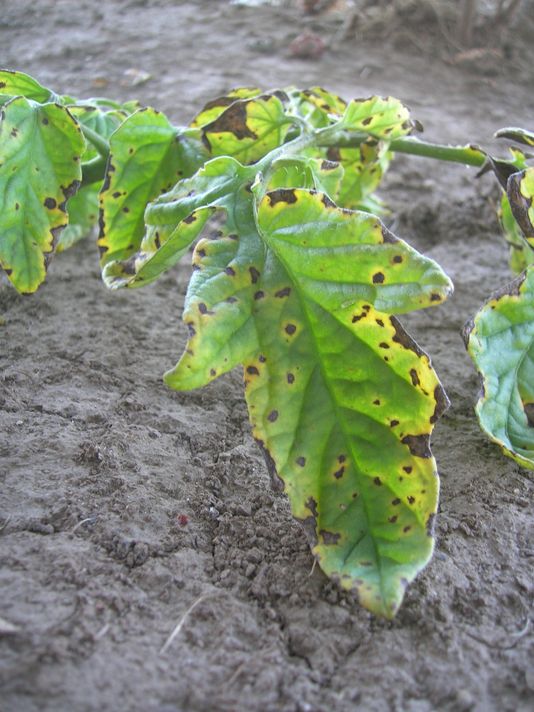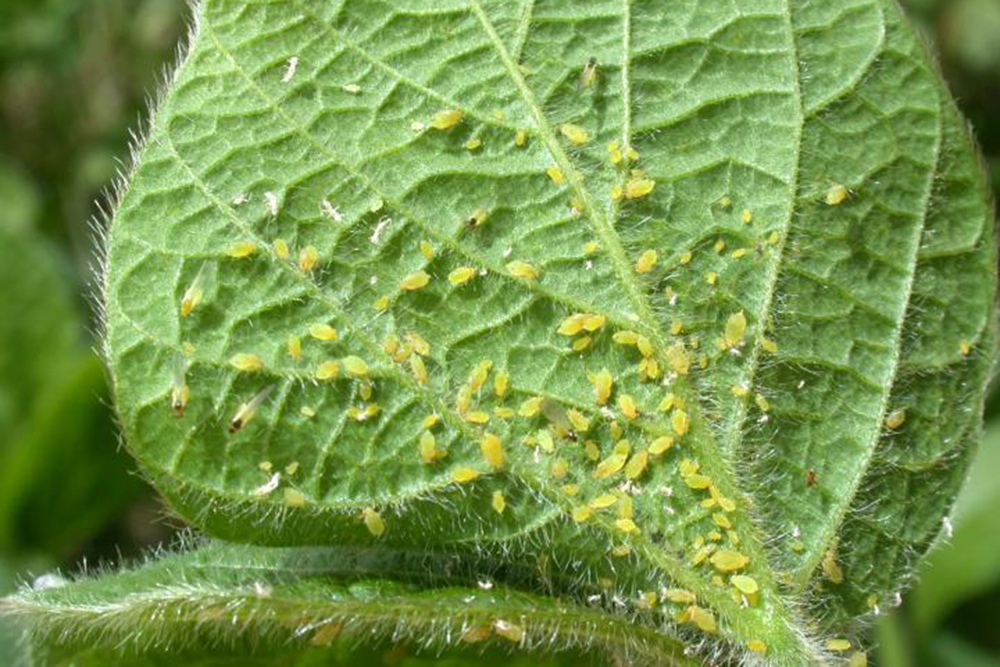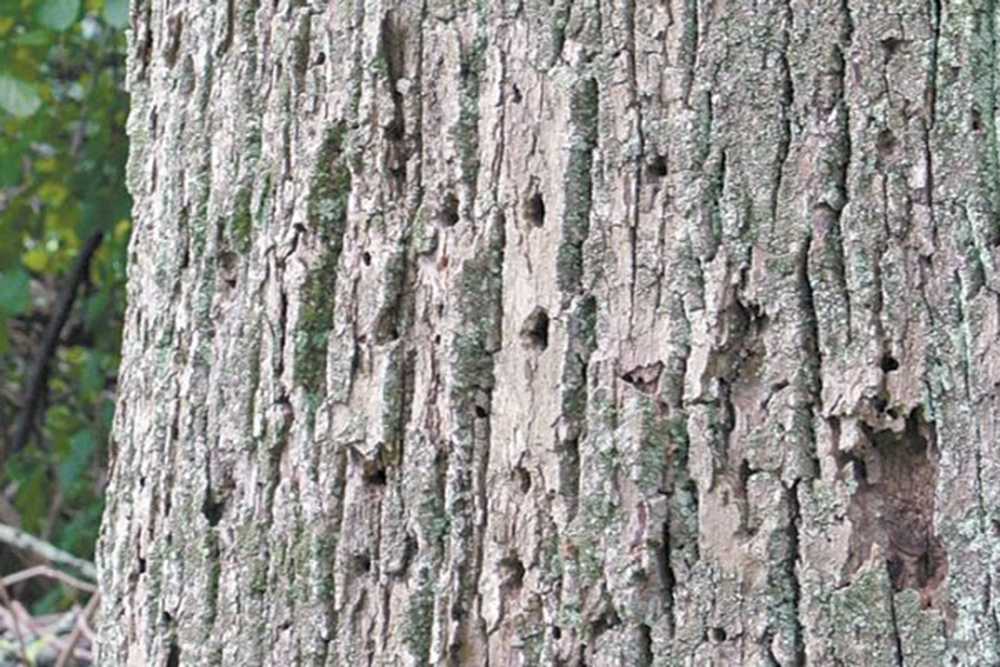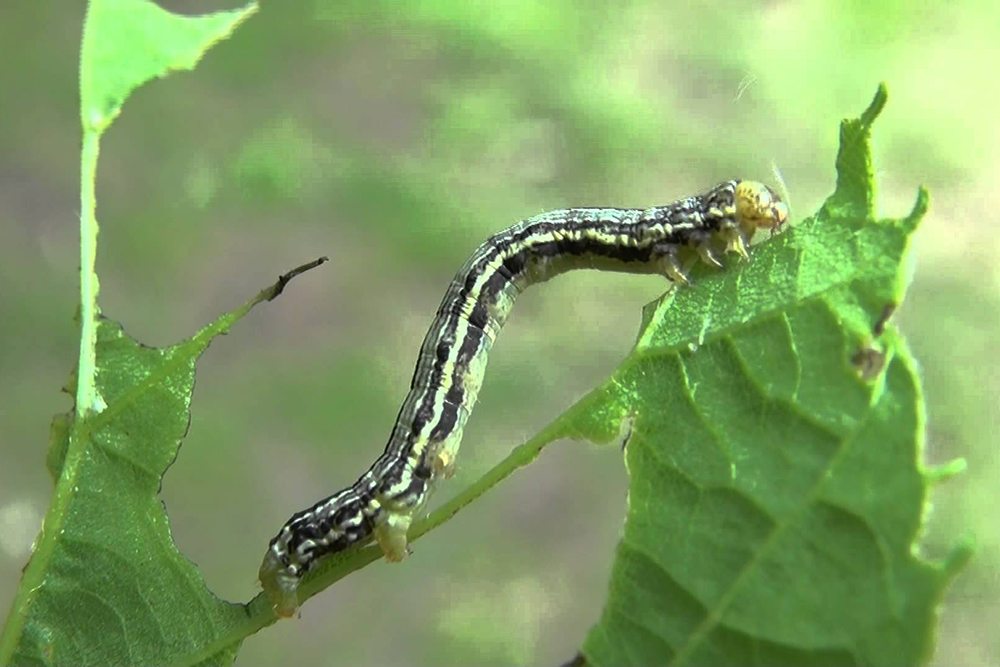Insect Maintenance & Prevention

Not only do insects eat your shrubs and trees, but they also transmit diseases and fungi that can destroy your plants even after the insects have left. Poor nutrition, improper pruning, or negative environmental factors may weaken your shrubs and trees, making them vulnerable to insects and pests. Skilled maintenance of your landscaping helps prevent destructive insects from taking over your shrubs and trees.
In the case of an infestation, our certified, experienced specialists can identify which pest is destroying your shrubs and trees and treat the problem without damaging your property in the process.
Do your plants look like this?

Aphids
Aphids are usually green, yellow, or black and have pear-shaped bodies about 1/8 of an inch long. Aphids damage plants by stealing nutrients, transmitting diseases, and leaving waste that causes a fungus to form. An aphid infestation will cause curling, yellowing leaves, and stunted growth; if you see evidence of this, check the undersides of leaves for aphids.

Borers
Borers are typically secondary pests, which means they are attracted to trees that are already damaged or diseased. They begin life as eggs laid in cracks of a tree and spend their first couple of years under the bark. Their burrowing can cause aesthetic problems, such as holes in the wood, or more serious problems that result in the loss of limbs or whole trees.

Fall Cankerworm
North American hardwood trees such as ash, beech, birch, and maples are targets for fall cankerworms. This pest gets its name from the fact that it continues to feed on trees into late autumn, long past its spring larval stage in the spring. Fall cankerworms can often defoliate a whole tree.



